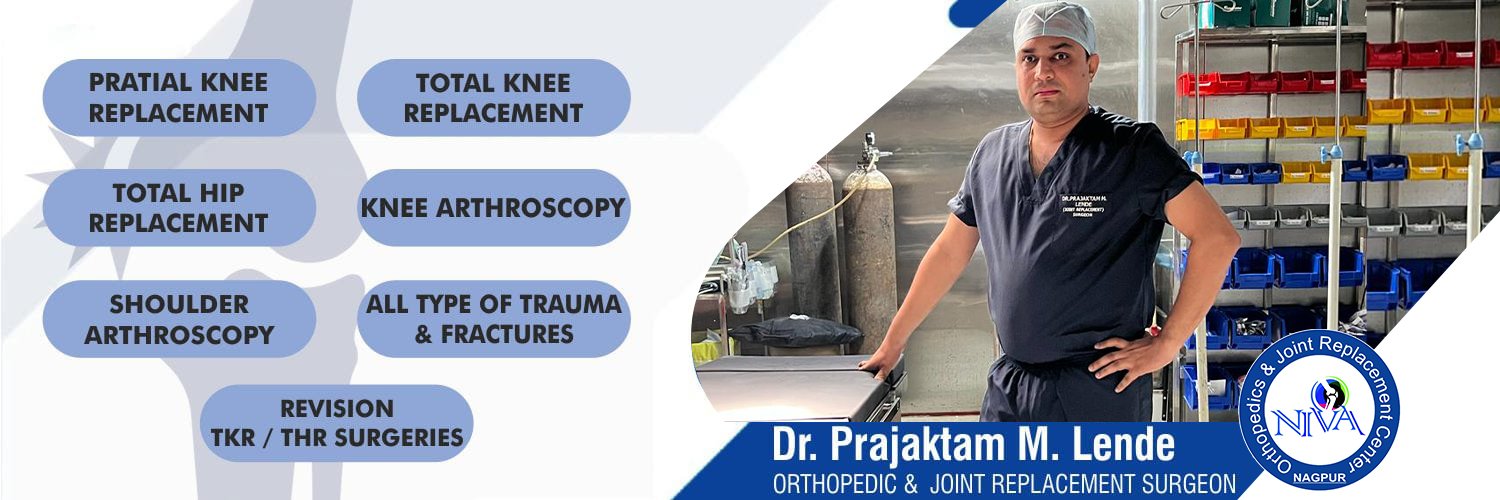
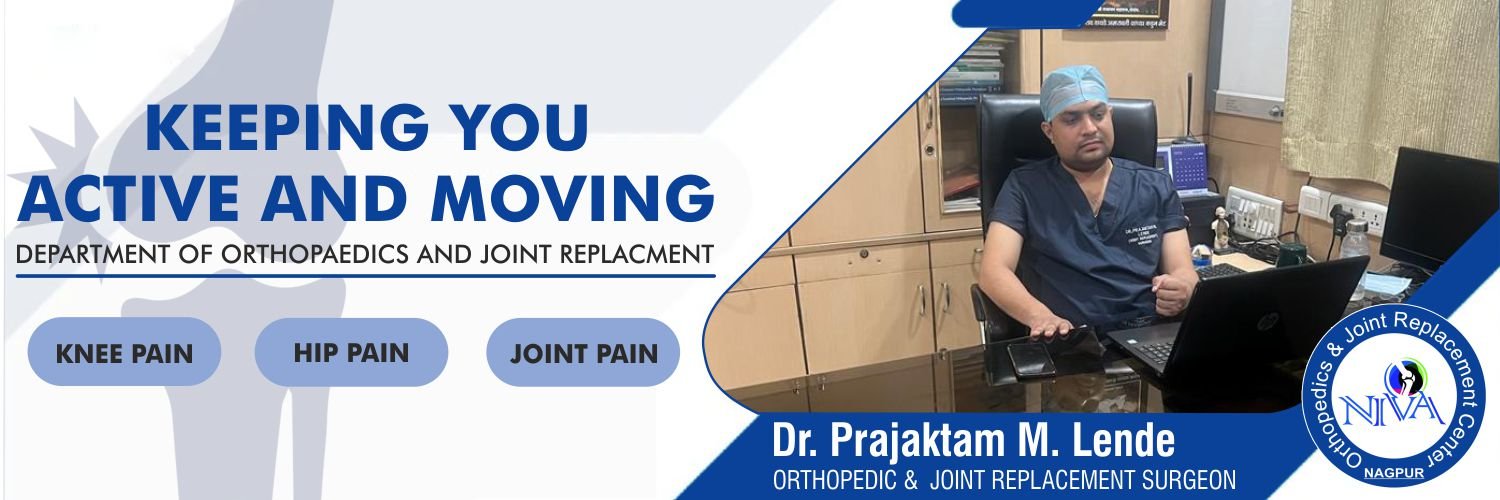
Compassion
Competence
Commitment
Enquire Now
Dr. Prajaktam M. Lende
ORTHOPAEDIC & JOINT REPLACEMENT SURGEON
Fellowships
- Navigation Based Joint Replacement Surgery (Hip & Knee Arthroplasty)
- Arthroscopy & Sport Medicine
- Ilizarove Surgery
- Observer Ship in Pediatric Orthopaedic Surgery (Wadia Hospital, Mumbai)
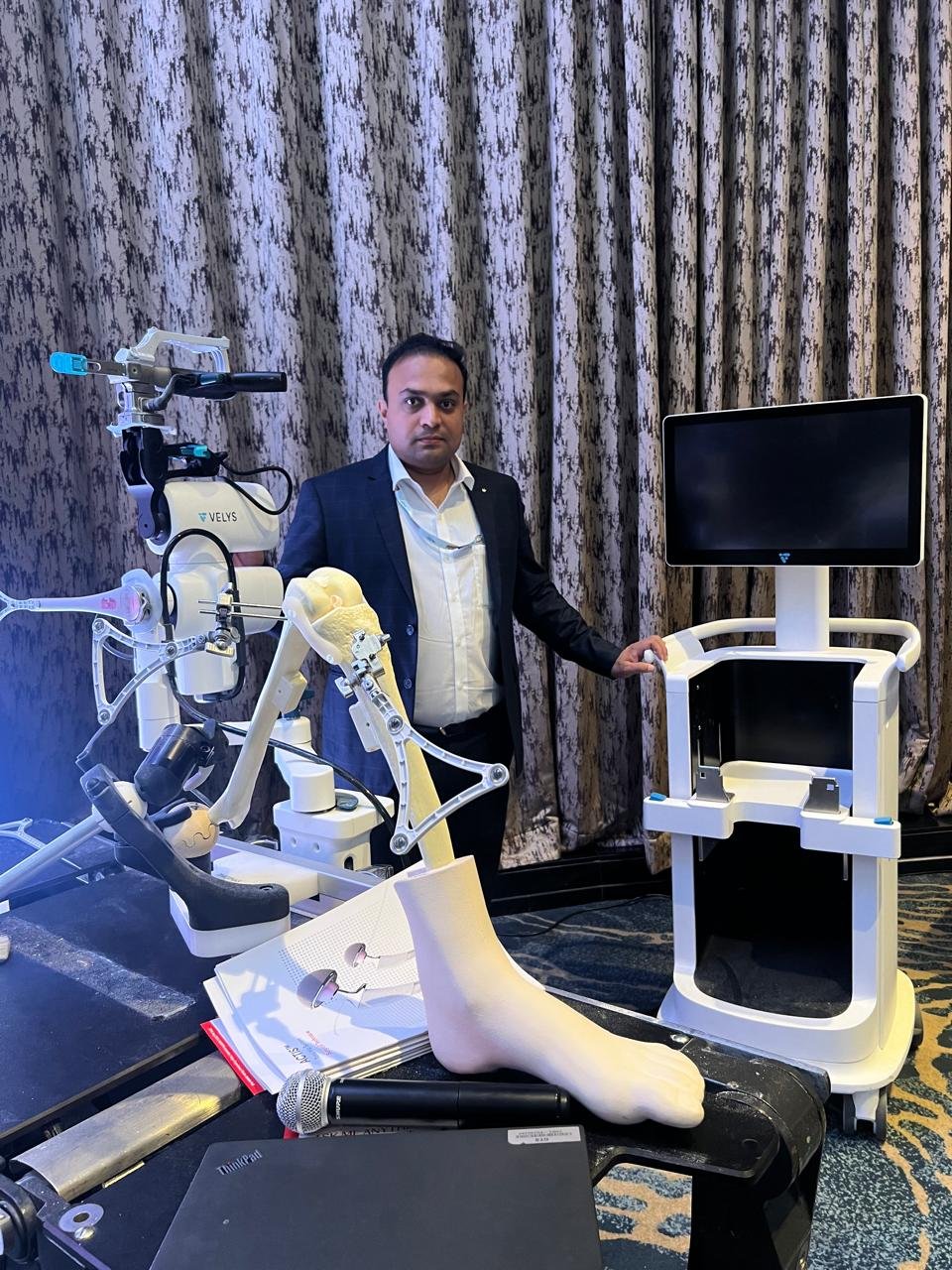
Our Treatments
India’s Best Orthopedic Urgent Care Hospital

Knee Replacement
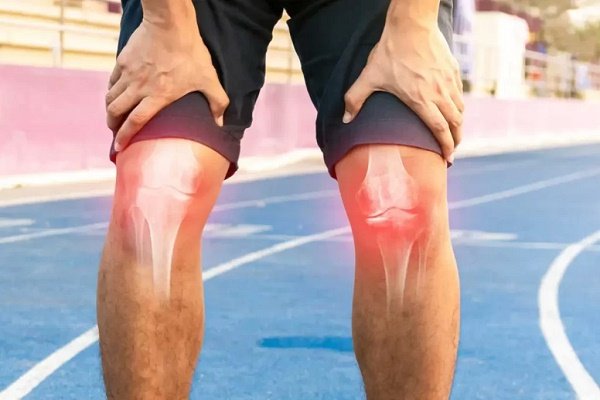
Total Knee Replacement
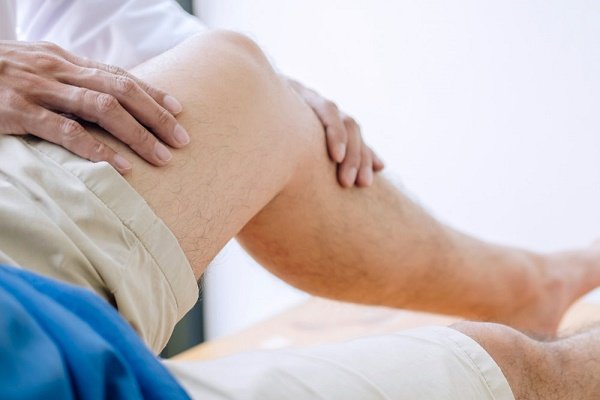
Partial Knee Replacement
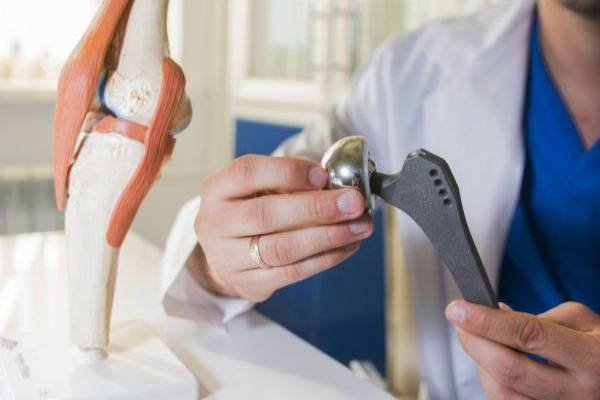
Hip Replacement

Knee Arthroscopy

Knee Fracture
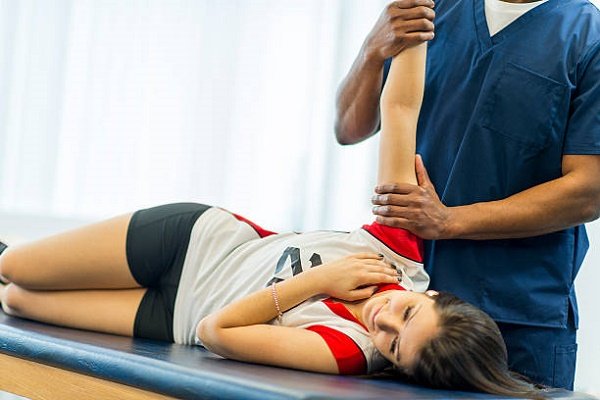
Sports Injuries

Arthritis
Our Gallery
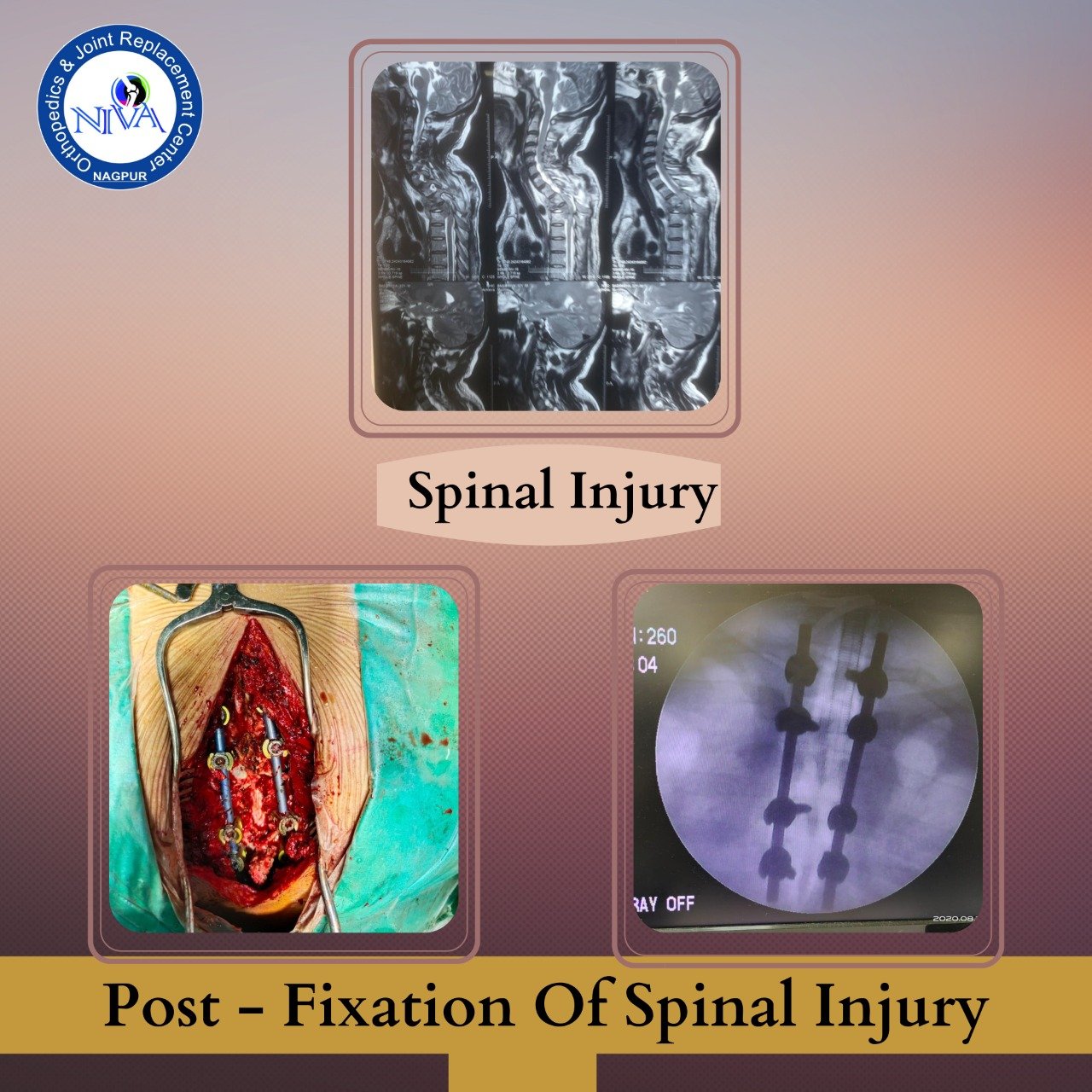
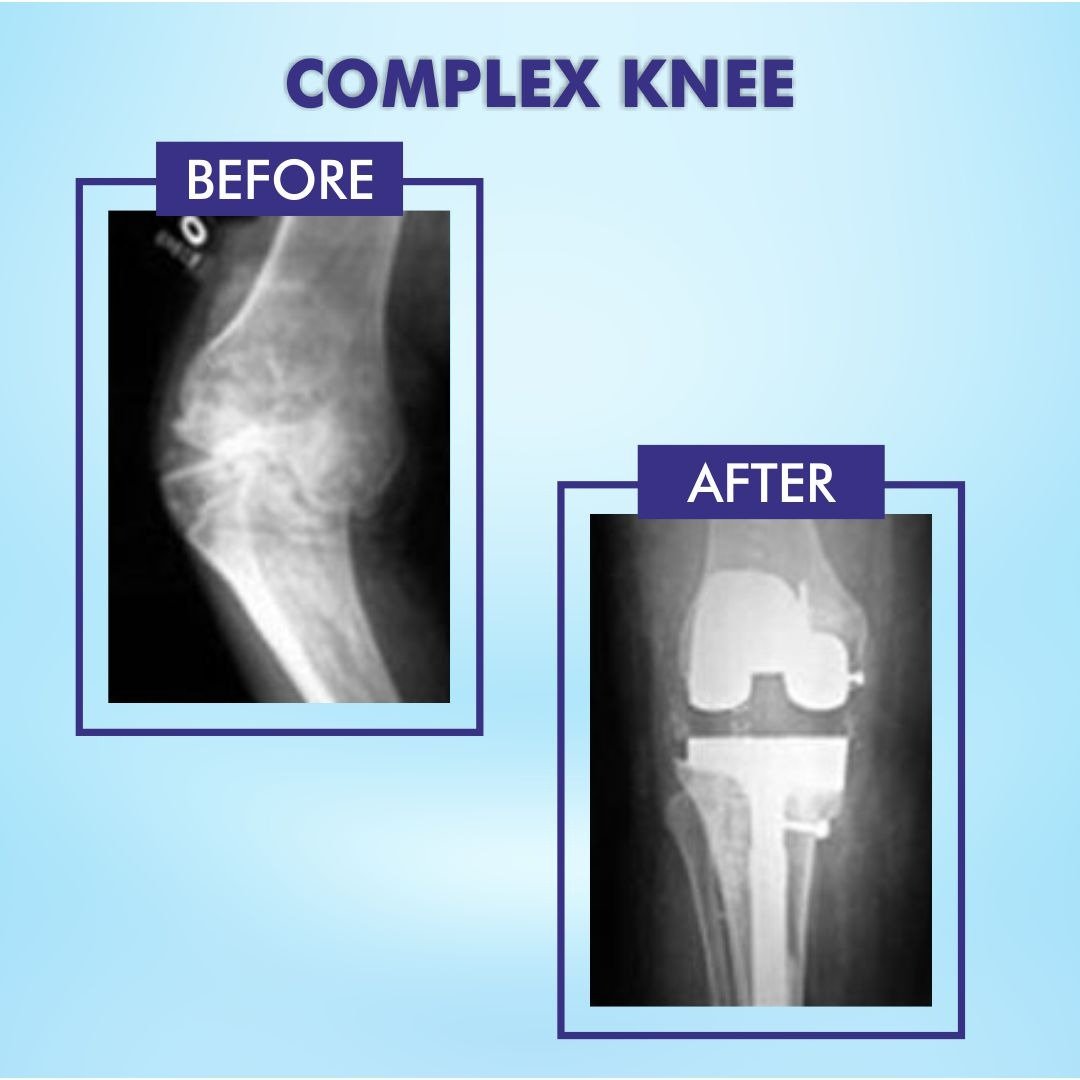

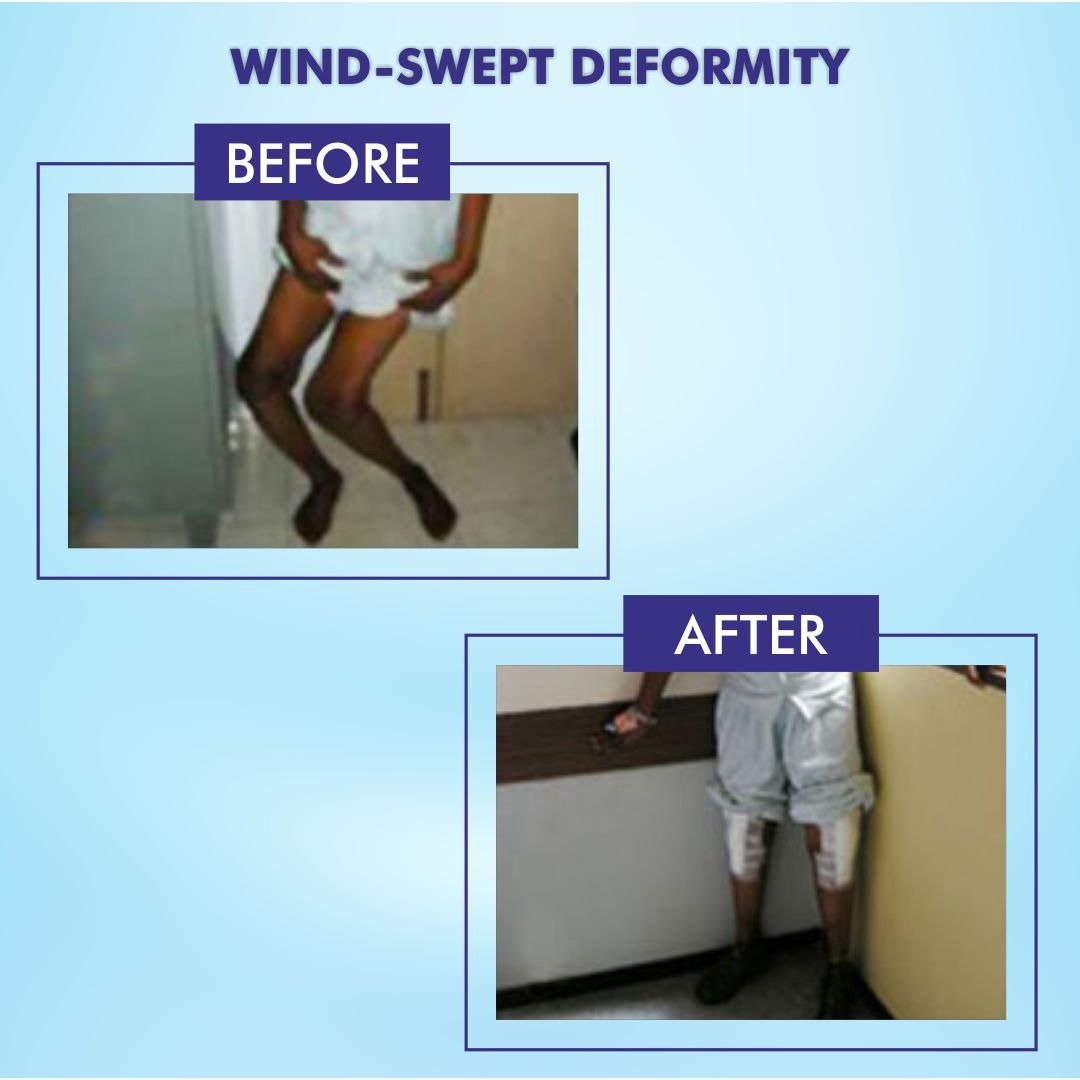
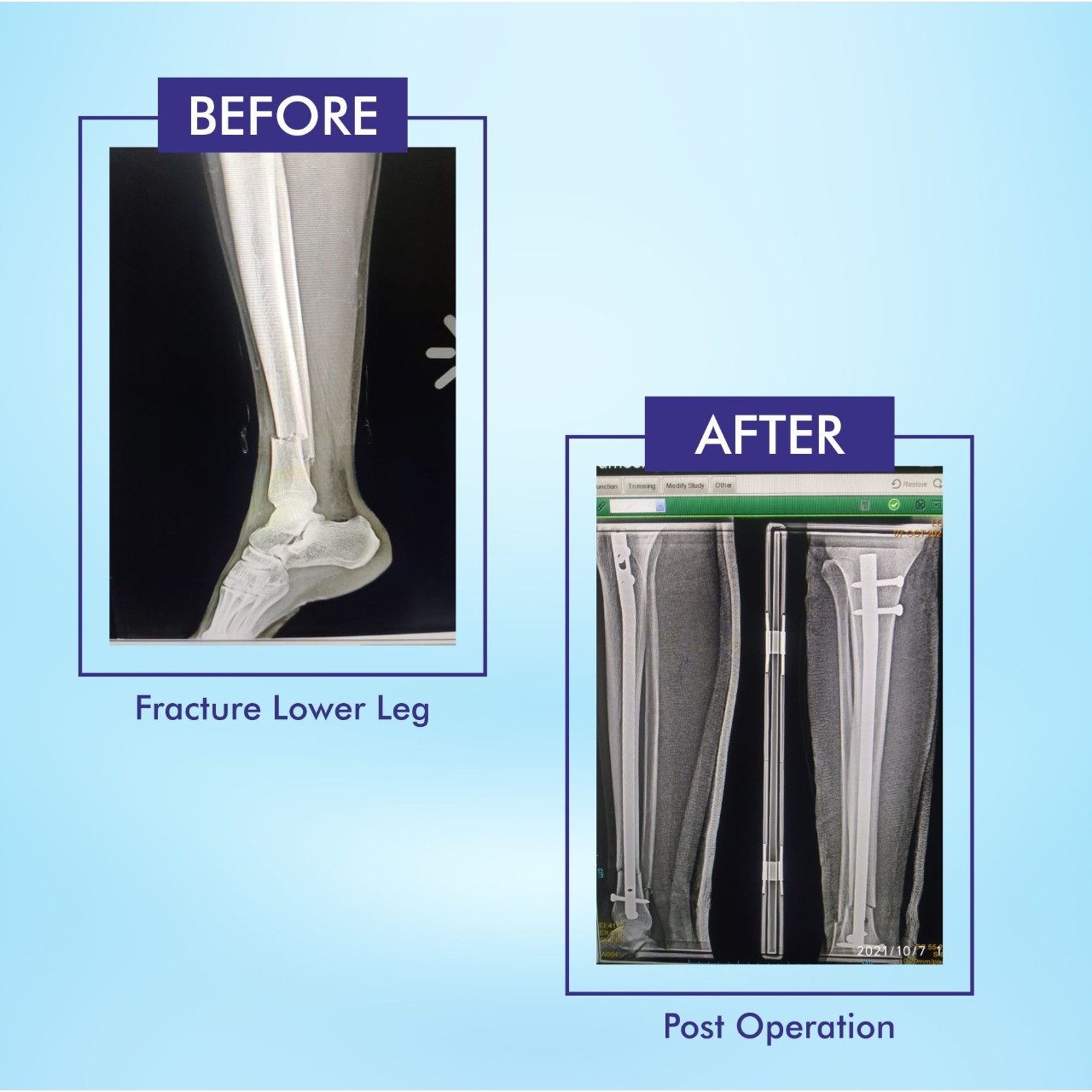
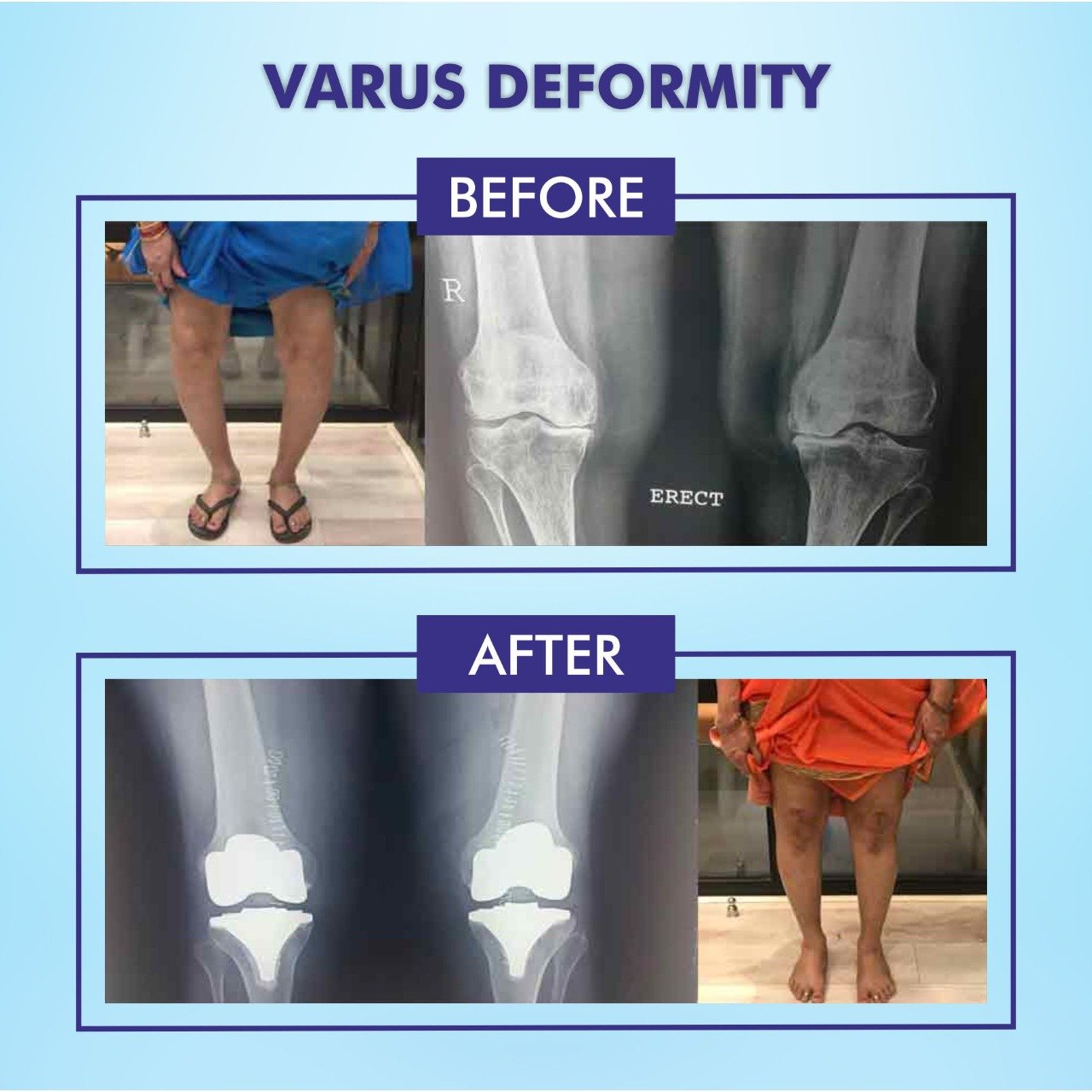









Our Testimonials
Total Knee Replacement FAQ's
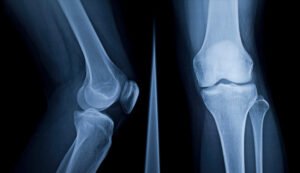
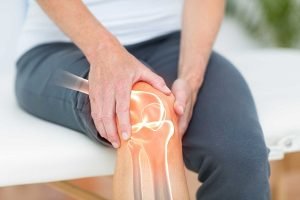
In early stages, weight reduction, physiotherapy is very important. Avoiding stairs climbing and floor activities can be useful. Life style modifications such as using commode, dinning table and lift may be necessary. Painkillers or injections in the joint may be used on doctor’s advice.
In the end stage arthritis, cartilage is completely worn out and bone is touching bone. Because cartilage is relatively insensitive, there is not much pain in normal joint during movement. But underlying bone is very sensitive. Therefore in end stage arthritis after the whole thickness of cartilage is gone and underlying bone is rubbing on bone, there is severe pain.
Cartilage can’t regrow with medicines, hence, need to be replaced. TKR is the treatment for the end stage arthritis.
Replacing wornout cartilage with layers of artificial material is called as Total Knee Replacement (TKR).
In end stage arthritis, when patient gets rest pain, and walking distance is less than 20 minutes, limps or needs pain killers, will benefit by TKR. When activities of daily living starts suffering due to severe, unbearable pain, the patient requires TKR.
Blood investigation, X-Rays of the knee and chest, ECG, 2D Echocardiography is done pre operatively. Fitness for surgery is obtained from physician and anaesthetist. If you are on any blood thinning drugs such as warfarin, clopidogrel & aspirin, inform the doctor about it. They may have to be stopped 5 days prior to surgery.n.
High flex knee TKR permits full flexion of the knee, if patient’s muscles, ligaments are elastic enough. Even if full flexion (bending) is achieved, it is safer to sit cross legged on bed or chair only. It is advisable not to load the knee in the postion of full flexio
In some patients, if the bone quality is good, a metal portion of tibial impiant is not required. This reduces the cost. But this is not suitable for all patients and the decision can be taken only during the surgery.
Navigated TKR is done using computer navigation. Computer navigation machine has infra red camera, with which it picks up all the surgical actions. These are analyzed by computer and final results are projected on the screen. Computer navigation adds to the accuracy and perfection which surgeon wants to achieve. It helps in the surgeon’s judgment in some cases. However, the surgeon’s experience is the most important factor.
Most surgeries are performed under spinal anesthesia or epidural anesthesia, where in only lower half of the patients body is anesthetized. However complete anesthesia (General Anesthesia) can also be given.
If there is
- Fever
- Swelling of knee
- Swelling of the calf/foot,
- Severe pain in the knee
- Severe pain in the calf
- Soakage of wound
- Stiffness of knee,
- Difficulty in walking and
- Any other untoward happening
